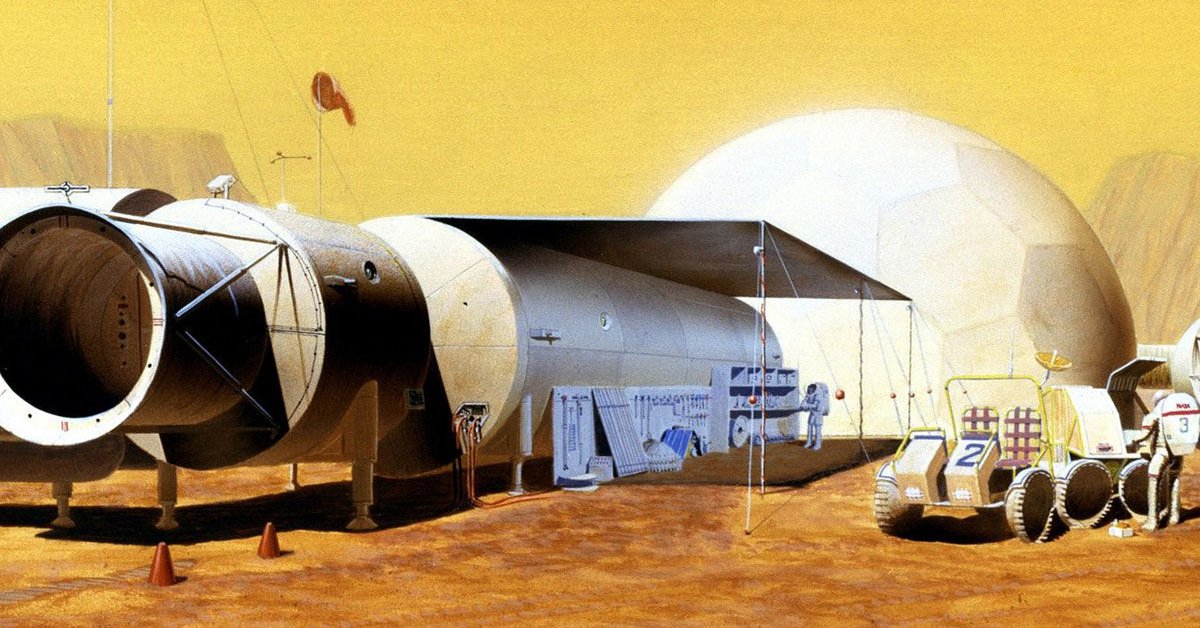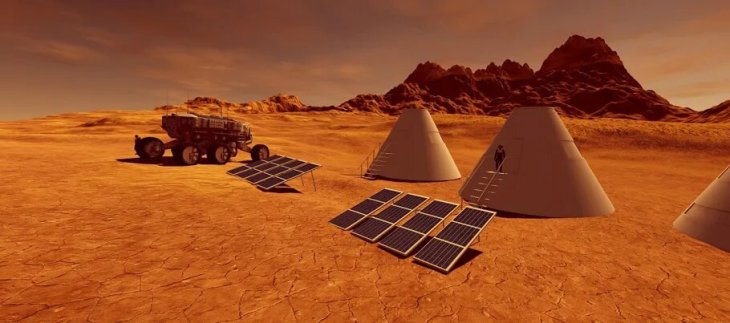Scientists To Make Concrete Sustainable For Future Facilities In Outer Space
Anil - Sep 27, 2019

Astronauts on the ISS are working on making cement in microgravity under controlled conditions.
- The First Space Hotel In The World Will Welcome 400 Guests
- Startup Builds Vehicle With Soviets Tech To Collect Space Garbage
- World's First Space Hotel To Begin Construction In 2025 With Rooms For 400 Guests
One of the human beings’ desires is to survive on different planets. As there are differences in living conditions on extraterrestrial planets, this means that people will need to study safe habitable structures through advanced materials technologies from NASA.

Among the materials that are commonly used for construction structures on Earth, concrete is highly recommended by builders. In fact, the properties and composition of sand, gravel, and rock make the concrete sustainable on every place on Earth. Now, the question is whether concrete will retain those excellent properties on another planet. The astronauts on the International Space Station (ISS) have verified this by making cement in microgravity under controlled conditions, also known as Microgravity Investigation of Cement Solidification (MICS). The objective of this experiment is to explore the complex solidification process of cement in space.
The main component making up the chemical properties of concrete is Tricalcium Silicate. Scientists have mixed this substance with water under a variety of controlled conditions to clarify the effect of microgravity on microstructures, which contributes to the physical properties of concrete.

According to a paper on Frontiers in Materials, the researchers created many different cement powder mixtures containing different types of additives. In addition, they used different amounts of water to hydrate at different intervals. The cement was made in a centrifuge that simulates gravity conditions with experiences on the Moon and Mars. The samples were then brought back to Earth to compare with the concrete on Earth. Results showed that extraterrestrial concrete has more open space in its microcrystalline structure. This implies that spatial concrete has lower strength than Earth concrete. However, such a lower level has yet been determined by the researchers.
Aleksandra Radlinska, a co-author of the research, argued that it is not necessary for us to really understand all aspects of the concrete hydration. However, he believed that this research had paved the way for further developments of techniques to enhance concrete strength.
Featured Stories

Features - Jul 01, 2025
What Are The Fastest Passenger Vehicles Ever Created?

Features - Jun 25, 2025
Japan Hydrogen Breakthrough: Scientists Crack the Clean Energy Code with...

ICT News - Jun 25, 2025
AI Intimidation Tactics: CEOs Turn Flawed Technology Into Employee Fear Machine

Review - Jun 25, 2025
Windows 11 Problems: Is Microsoft's "Best" OS Actually Getting Worse?

Features - Jun 22, 2025
Telegram Founder Pavel Durov Plans to Split $14 Billion Fortune Among 106 Children

ICT News - Jun 22, 2025
Neuralink Telepathy Chip Enables Quadriplegic Rob Greiner to Control Games with...

Features - Jun 21, 2025
This Over $100 Bottle Has Nothing But Fresh Air Inside

Features - Jun 18, 2025
Best Mobile VPN Apps for Gaming 2025: Complete Guide

Features - Jun 18, 2025
A Math Formula Tells Us How Long Everything Will Live

Features - Jun 16, 2025
Comments
Sort by Newest | Popular